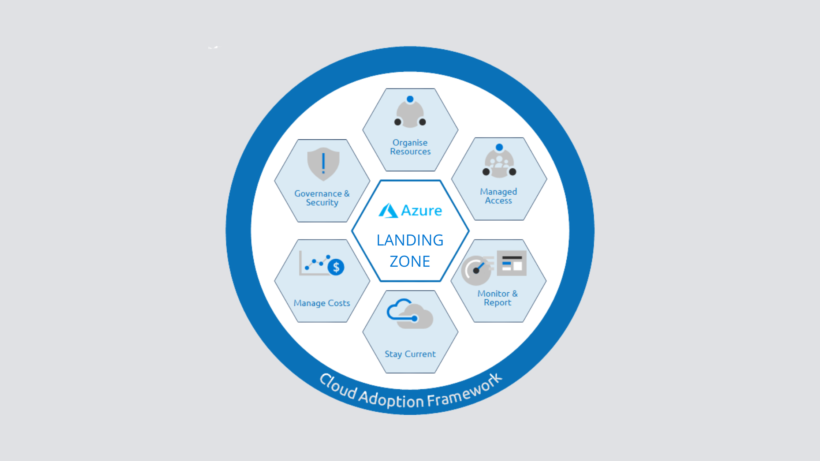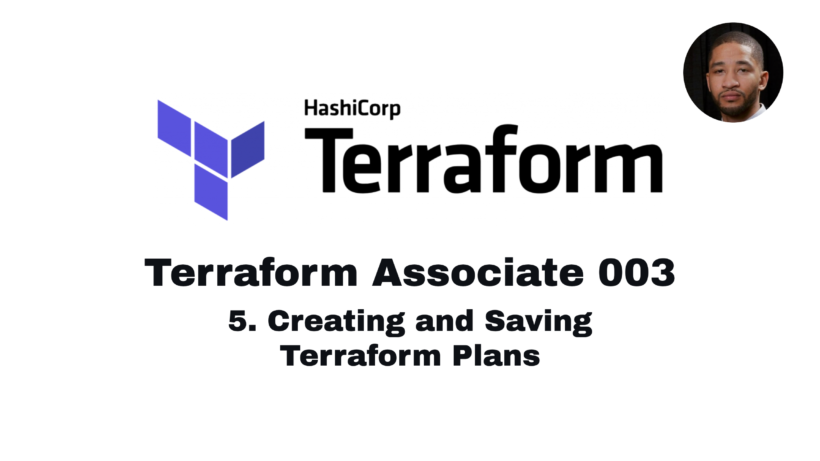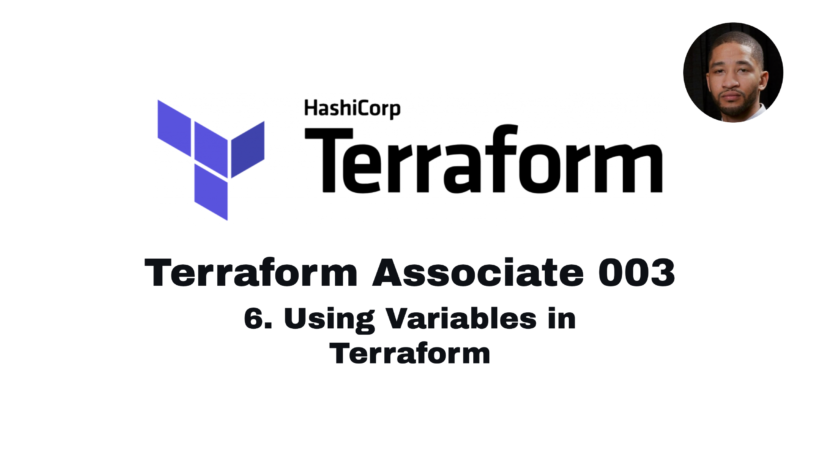Terraform is a powerful tool for infrastructure as code, but as the size of your infrastructure grows, so does the complexity of managing its state. Terraform state refers to the information about your infrastructure that Terraform needs to manage and modify it. When you run Terraform apply, it compares the desired state of your infrastructure with the current state in the Terraform state file and makes any necessary changes to bring them in line.
One way to manage Terraform state is to use remote state storage. In this article, we’ll explore what remote state is, why it’s useful, and how you can use it with Terraform.
What is Terraform Remote State?
Terraform remote state is the practice of storing Terraform’s state data outside of your local system. This allows multiple developers or teams to work on the same infrastructure project without overwriting each other’s changes.
There are several remote state backends that Terraform supports, including Amazon S3, Azure Blob Storage, Google Cloud Storage, HashiCorp Consul, and HashiCorp Terraform Cloud. By storing the state remotely, Terraform can maintain consistency across different environments and ensure that everyone working on the infrastructure is working with the latest state.
Benefits of Using Remote State
- Collaboration: When multiple developers are working on a project, remote state storage ensures that everyone is working with the same infrastructure state. This eliminates the risk of overwriting each other’s changes.
- Consistency: By using remote state, you can maintain consistency across different environments, such as development, staging, and production.
- Security: Remote state storage ensures that your infrastructure state is stored securely and can only be accessed by authorized personnel.
- Backup and Disaster Recovery: Remote state storage provides an easy way to back up your infrastructure state and recover from disasters.
Using Remote State with Terraform
To use remote state with Terraform, you need to configure a backend in your Terraform configuration file. Here’s an example of how you can configure Terraform to use Amazon S3 as a remote state backend:
terraform {
backend "s3" {
bucket = "my-terraform-state-bucket"
key = "terraform.tfstate"
region = "us-west-2"
}
}In this example, we’re using the S3 backend, specifying the bucket name, the key, and the region where the bucket is located. When you run Terraform apply, Terraform will store the state in the specified S3 bucket.
Once you have configured your backend, you can use Terraform as you normally would, but the state will be stored remotely rather than locally. To retrieve the state, you can use the terraform remote config command.
terraform remote config -backend=s3 -backend-config="bucket=my-terraform-state-bucket" -backend-config="key=terraform.tfstate" -backend-config="region=us-west-2"This command will retrieve the state from the specified S3 bucket.
Conclusion
Terraform remote state provides an easy way to manage the state of your infrastructure and collaborate with other developers. By storing the state remotely, you can ensure that everyone is working with the same infrastructure state, maintain consistency across different environments, and ensure that your infrastructure state is stored securely. With Terraform’s support for a variety of remote state backends, it’s easy to get started with remote state storage and start reaping the benefits.



